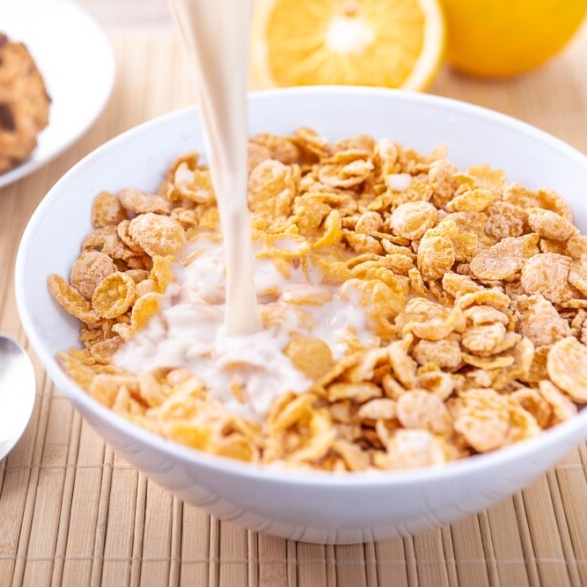Understanding Food Additives: Uses, Reactions, and Safety
Additives in Common Food

Breakfast Cereals
- Artificial Sweeteners
- Monosodium Glutamate

Salad Dressings
- Food Colourings
- Tartrazine, Sunset Yellow & Cochineal

Fast Food
- Preservatives
- Sodium Benzoates, Nitrates & Sulphites

What is a Food Additive?
Food additives are substances incorporated into foods to preserve their freshness or improve characteristics like colour, taste, or texture. Examples include food colorings (e.g., tartrazine or cochineal), flavour enhancers (e.g., MSG), and various preservatives.
On food labels, most additives are listed alongside other ingredients, typically in descending order of weight. However, flavours may not be specifically identified. Sometimes, additives are spelled out, while other times they're represented by code numbers, such as cochineal as Colorant or sodium sulfite as Preservative.
Reactions to Food Additives!
While most individuals don't experience immediate issues with additives, around 50 out of the 400 currently authorised additives in Australia have been linked to adverse reactions in certain individuals. Certain additives are more prone than others to trigger responses in sensitive people.
The primary clinical signs of reactions to food additives typically include long-term hives and swelling, with less frequent occurrences of severe allergic reactions like anaphylaxis. These reactions can also exacerbate symptoms related to conditions like atopic dermatitis, asthma, or allergic rhinitis. In sensitive people, exposure through ingestion or contact can lead to various nonspecific symptoms like sudden facial flushing, low blood pressure, stomach discomfort, changes in bowel habits, skin itching, and rapid heartbeat.


Additive Awareness to Parents
If you suspect you have a sensitivity to food additives, it's crucial to consult a healthcare professional because the symptoms you're experiencing could also stem from other health conditions.
Keeping a food diary and documenting any negative reactions can be helpful. If a sensitivity is confirmed, the standard approach involves removing all suspect foods from your diet and then gradually reintroducing them one at a time to pinpoint which additives or additives trigger the reaction. However, this process should only be undertaken under medical supervision as some reactions, like asthma, can be severe.
Food Additives Safety Test
Food Standards Australia New Zealand (FSANZ) oversees the approval of food additives permitted in Australian foods. Each food additive undergoes a comprehensive safety assessment, including thorough testing, before receiving approval.
Toxicological studies on animals are conducted to establish a safe consumption level for humans. Typically, this level is set at 100 times lower than the maximum daily dose that causes no observable effects in test animals over their lifetime.

Are you interested in making your children love veggies?
Discover the veggie intake facts among children and tips about how make your children eat more veggies
Explore Veggie Insights